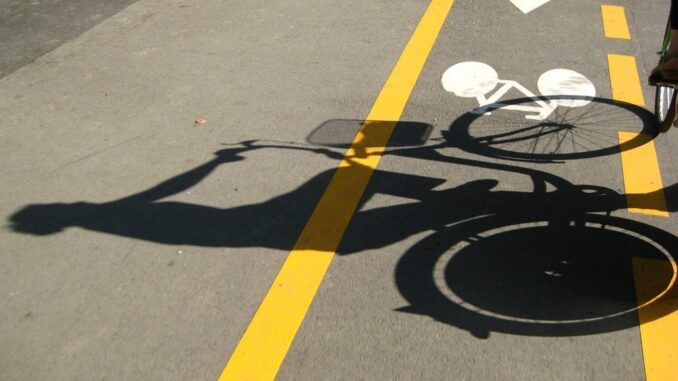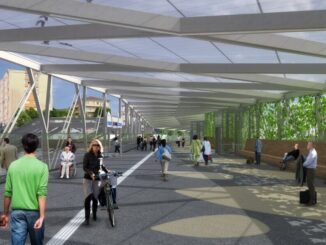
Cyclist crossings in the city centre increased by 54% over 2 years, while individual motorized traffic in the city decreased by 2.4%. Public transport ridership increased by 8.2% in three years (122 million passengers tl and leb as of 31 December 2019). These are three of the lessons learned from the 2020 edition of the Mobility Observatory, which obviously does not take into account the effects of the health crisis. These results are the result of the Municipality's proactive policy on mobility and quality of life and are in line with the objectives set at the beginning of the legislature. Finally, the Municipality intends to accelerate and strengthen several measures for soft mobility in 2020, thereby encouraging the movement of the population on foot, by bicycle and by public transport. The general increase in the modal share of public transport and soft mobility seen in this report is thus evident in the decline in the decline in the number of motorized individual transport at the city's gates, even though the Lausanne population has increased during the same period. The motorization rate of the Lausannoises has decreased to 360 cars per 1000 inhabitants (-10 points in 3 years). Such a change in the structure of Lausanne's urban mobility thus confirms the trends observed in previous years.
Effective accommodations
This development is supported in particular by the development of measures aimed at increased use of soft mobility, such as the opening in Languedoc of the first Lausanne link of the future "greenway" that will eventually link Lutry to Saint-Prex (28,140 users per month in September 2019), but also by measures promoting the cohabitation of different types of mobility. Thus, the 8% increase in moderate zones between 2016 and 2019 (42% of total roads) and the sustainability and extension of the 30km/h between 22:00 and 06:00 contribute to or will contribute both to the pacification of motorized traffic, and to the improvement of the quality of life and health of lausannoises and Lausan. In addition, nearly 13 km of development and cycle links have been completed in 3 years (up 15%), bringing the total to 100.6 km by the end of 2019. Finally, the City is pursuing several of its projects, such as increasing the supply of seats in the city (nearly 150 seats including a hundred benches in the "Geneva" range), remediation of pedestrian crossings considered unsatisfactory (20 safe passages in 2019), as well as its campaign to secure school routes; markings, specific street furniture and other redevelopments allow students to safely visit their school. The results presented in this edition of the Mobility Observatory, although not taking into account the effects of the health crisis, reinforce the Municipality both in the objectives it has set itself and in the choice of measures it has implemented. With this in mind, the Executive intends to continue its efforts in the coming years, and in particular to accelerate and strengthen several measures in favour of soft mobility. Press release from the city of Lausanne- -ERR:REF-NOT-FOUND-Source and details



Be the first to comment